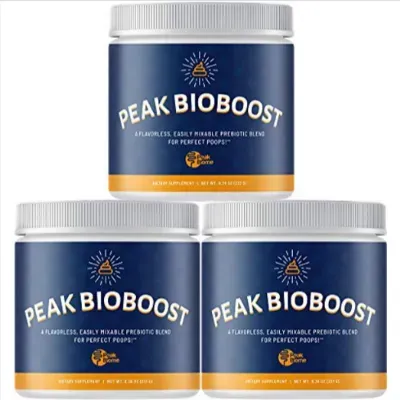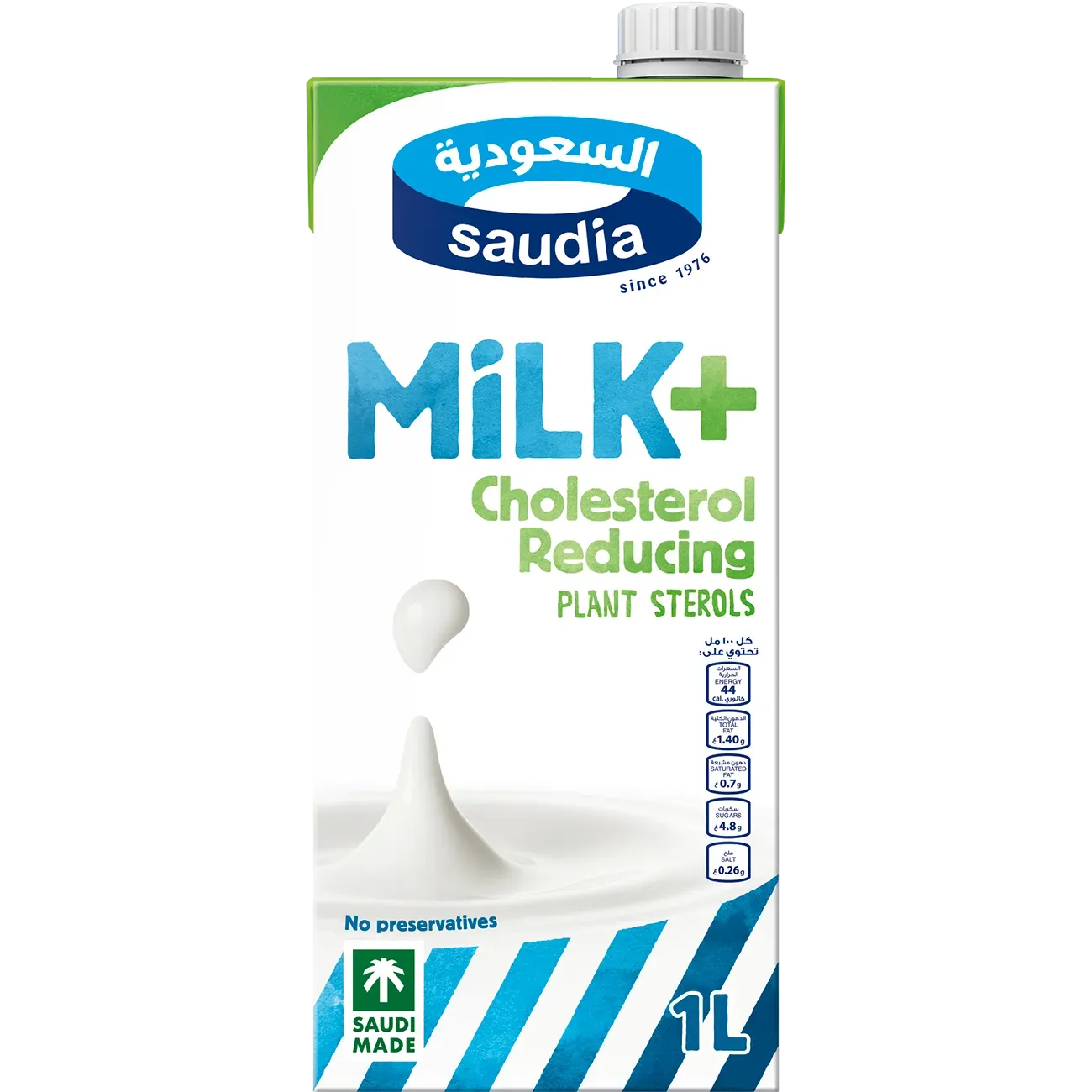Table of Contents
Alright, let's talk milk. For years, we've been told to watch our cholesterol, especially if we're eyeing heart health. And often, that advice comes with a side of "cut back on the fatty stuff." So, it's natural to wonder, especially when you're pouring that lighter option: does low fat milk have cholesterol? It's a question that pops up often, lurking behind the dairy aisle choices. You might assume less fat means zero cholesterol, or maybe just a tiny whisper of it. But the reality is a bit more nuanced than a simple yes or no. We're going to cut through the noise and look at what's actually in that carton. Forget the marketing spin and the old adages for a minute. We'll explore the cold, hard facts about cholesterol content in different milk types, how it compares, and what that actually means for your diet and your heart health goals. It’s time to get clear on the dairy details.
Does Low Fat Milk Really Have Cholesterol?

Does Low Fat Milk Really Have Cholesterol?
The Straight Answer: Yes, It Does
let's cut to the chase right away because nobody likes being strung along. You grab that carton labeled "low fat" or "skim," picturing a health halo around it, maybe even thinking it's completely free of the stuff you're trying to limit. But here's the deal: does low fat milk really have cholesterol? The answer is a definitive yes. It absolutely does. Any product that comes from an animal, like dairy milk, naturally contains cholesterol. Think of it as a building block in animal cells. So, while you might be reducing the fat content significantly, you're not eliminating the cholesterol entirely just by choosing a lower fat percentage.
Why Less Fat Doesn't Mean Zero Cholesterol
Now, before you toss that carton in dismay, let's add some context. The amount of cholesterol in low fat milk is considerably less than what you'd find in whole milk. This isn't some marketing trick; it's just how milk is composed. When fat is removed from milk to create 2%, 1%, or skim varieties, some cholesterol goes with it because cholesterol is found alongside fat in animal products. However, not *all* of it is tied up in the fat. There's still a small amount present in the non-fat parts of the milk. So, while you're making a choice that lowers both fat and cholesterol compared to the full-fat version, it's not a zero-cholesterol beverage like, say, water or black coffee.
Milk Type | Approximate Cholesterol per 8 oz serving |
|---|---|
Whole Milk | 24 mg |
2% Reduced-Fat Milk | 12 mg |
1% Low-Fat Milk | 10 mg |
Skim (Fat-Free) Milk | 5 mg |
Breaking Down the Numbers: Cholesterol in Low Fat vs. Full Fat Milk
Breaking Down the Numbers: Cholesterol in Low Fat vs. Full Fat Milk
So, you saw the table above, right? It lays it out pretty clearly. When we talk about does low fat milk have cholesterol compared to its full-fat cousin, the difference isn't zero, but it's significant. A standard glass of whole milk packs around 24 milligrams of cholesterol. Now, slide down to 2% milk, and you've roughly cut that in half to about 12 mg. Go even lighter to 1%, and you're looking at around 10 mg. And the leanest option, skim milk, gets down to roughly 5 mg. It’s not magical disappearance, but a definite reduction linked directly to how much fat is left in the milk.
Beyond Cholesterol: The Saturated Fat Story in Low Fat Dairy

Beyond Cholesterol: The Saturated Fat Story in Low Fat Dairy
Why Saturated Fat Matters More Than Dietary Cholesterol for Many
so we've established that yes, low fat milk does have cholesterol, just less of it. But here's where things get interesting, and frankly, a bit more critical for most people worrying about their heart. For a long time, the focus was heavily on how much cholesterol you ate. "Don't eat eggs, they're full of cholesterol!" Remember that? Turns out, for the majority of folks, the amount of saturated fat in your diet has a much bigger impact on your blood cholesterol levels than the actual cholesterol you consume from food. Your liver is a cholesterol-making machine, and saturated fat tells that machine to pump out more. So, while you're watching the dietary cholesterol number, the saturated fat number is often the one doing the heavy lifting when it comes to raising those less-than-desirable LDL cholesterol levels.
How Low Fat Milk Cuts Down on the Real Culprit
This is where choosing lower-fat milk starts to look like a genuinely smart move, not just a minor adjustment. Because saturated fat is primarily found in the fatty part of milk, when you remove fat to make 2%, 1%, or skim milk, you dramatically slash the saturated fat content along with it. Whole milk is a significant source of saturated fat in many diets. Switching to a low-fat version isn't just about trimming a few calories; it's about directly reducing your intake of a nutrient that actively tells your body to produce more cholesterol. Think of it as hitting the brakes on your liver's cholesterol factory, rather than just diverting a small delivery truck.
Milk Type | Approximate Saturated Fat per 8 oz serving |
|---|---|
Whole Milk | 4.5 - 5 g |
2% Reduced-Fat Milk | 3 g |
1% Low-Fat Milk | 1.5 g |
Skim (Fat-Free) Milk | 0 - 0.5 g |
Choosing Your Milk: How Low Fat Stacks Up for Heart Health

Choosing Your Milk: How Low Fat Stacks Up for Heart Health
Choosing Your Milk: How Low Fat Stacks Up for Heart Health
so we know does low fat milk have cholesterol (yes, but less) and that saturated fat is often the bigger player in raising blood cholesterol. This is where the rubber meets the road for your ticker. Swapping whole milk for a low-fat version isn't just about shaving off a few calories; it's a direct attack on a major source of saturated fat in many people's diets. By cutting down on saturated fat, you're potentially lowering your LDL ("bad") cholesterol levels, which is a well-established move for reducing heart disease risk. It's not a magic bullet, and diet is a whole picture, not just one food, but consistently choosing lower-fat dairy can be a surprisingly effective piece of that puzzle, especially if dairy is a regular part of your routine.
Making Sense of Milk and Cholesterol in Your Diet

Making Sense of Milk and Cholesterol in Your Diet
Putting it Together: Your Milk Choices and Health
So, let's pull this all together and talk about Making Sense of Milk and Cholesterol in Your Diet. You've seen that low fat milk does contain cholesterol, but significantly less than whole milk. More importantly, you now know that the saturated fat in dairy often plays a larger role in influencing your blood cholesterol levels than the dietary cholesterol itself. Switching to lower-fat milk options is a concrete step to reduce that saturated fat intake. It's not about banning milk if you enjoy it, but about making informed choices that align with your overall health goals, especially if managing cholesterol is on your radar. Think of it as a simple swap that contributes to a larger pattern of eating for heart health.
The Lowdown on Low Fat Milk and Cholesterol
So, we've sliced through the carton confusion. Yes, even low fat milk has cholesterol. It's dairy, after all. But the real story, as often happens with nutrition science, isn't quite that simple. Focusing solely on the tiny amount of dietary cholesterol in your skim or 1% milk misses the larger picture. For most folks, the amount of saturated fat you consume has a much bigger impact on blood cholesterol levels than the cholesterol found directly in foods like milk. Choosing lower-fat dairy options can help reduce that saturated fat intake, which is where the potential benefit for heart health really lies. It’s less about chasing zero cholesterol in every sip and more about understanding the whole package – the fats, the nutrients, and how it all fits into your daily plate. Make your choice based on the facts, not just outdated fears or marketing hype.
